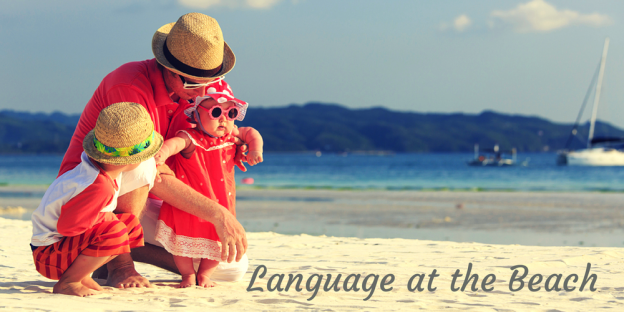
Resources
5 Ways to Facilitate Language at the Beach or Lake
Going to the beach or lake can be a daily or weekly occurrence over the summer for many families. Why not make beach time a rich language experience for your child with special needs? Here are five ways to encourage language at the beach or lakefront this summer:1. Sand Play
With my own child, I have found sand play to be extremely beneficial in many ways. It is such a naturally rich sensory experience that many children can enjoy and benefit from. The act of digging, building and playing with the sand can be satisfying and calming for those seeking sensory input.When engaging in sand play with your child:
- Work on actions (e.g. build, dig, pat, etc.)
- Discuss how the sand feels (e.g. wet, dry, yucky, hot, etc.)
- Name the objects you are using for building (e.g. shovel, pail, etc.) to help build vocabulary
- Discuss what you are making (e.g. sand castle, tunnel) and how you are going to achieve your goal (e.g. first we need to dig and then build). Building a sand structure can be ideal for sequencing, turn taking and problem solving.


